Lobstering on Casco Bay
On Saturday morning, Steve, Amy and I went lobstering! Actually, it was a lobstering cruise on Casco Bay, leaving from Long Wharf in Portland. It was quite different from a typical cruise, because we donned rubberized aprons and gloves and pitched right in. The captain hauled up the traps, and then we all took turns measuring the lobsters, re-baiting and dropping the traps, and banding the lobsters large enough to keep. The friendly crew taught us a lot about lobsters and lobstering.
Many traps were empty or had just one or two lobsters inside. There were a couple that were satisfyingly full of critters. We kept five or six legal-sized lobsters and threw back many small lobsters, a female with roe, and a couple of Jonah crabs.
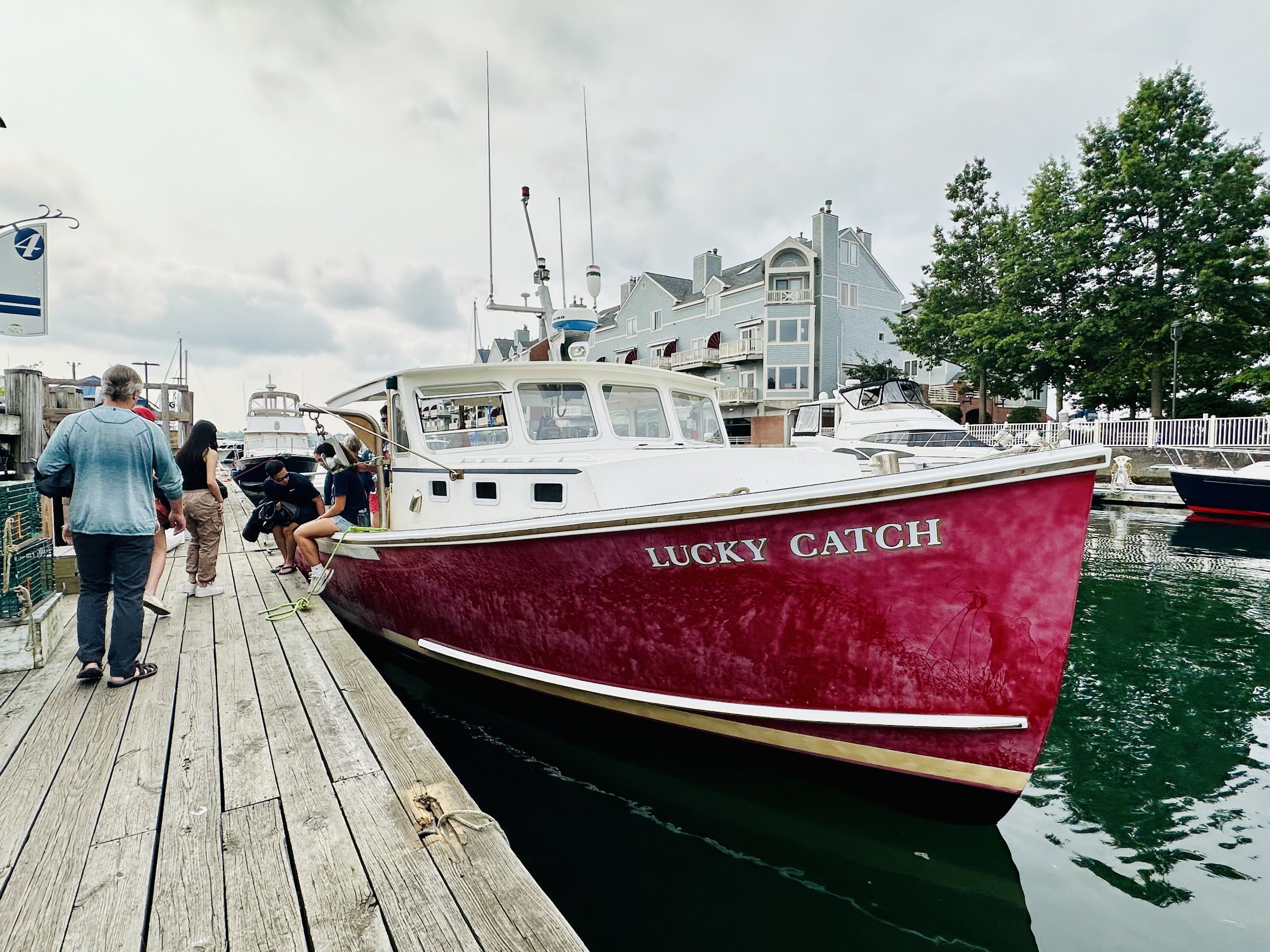
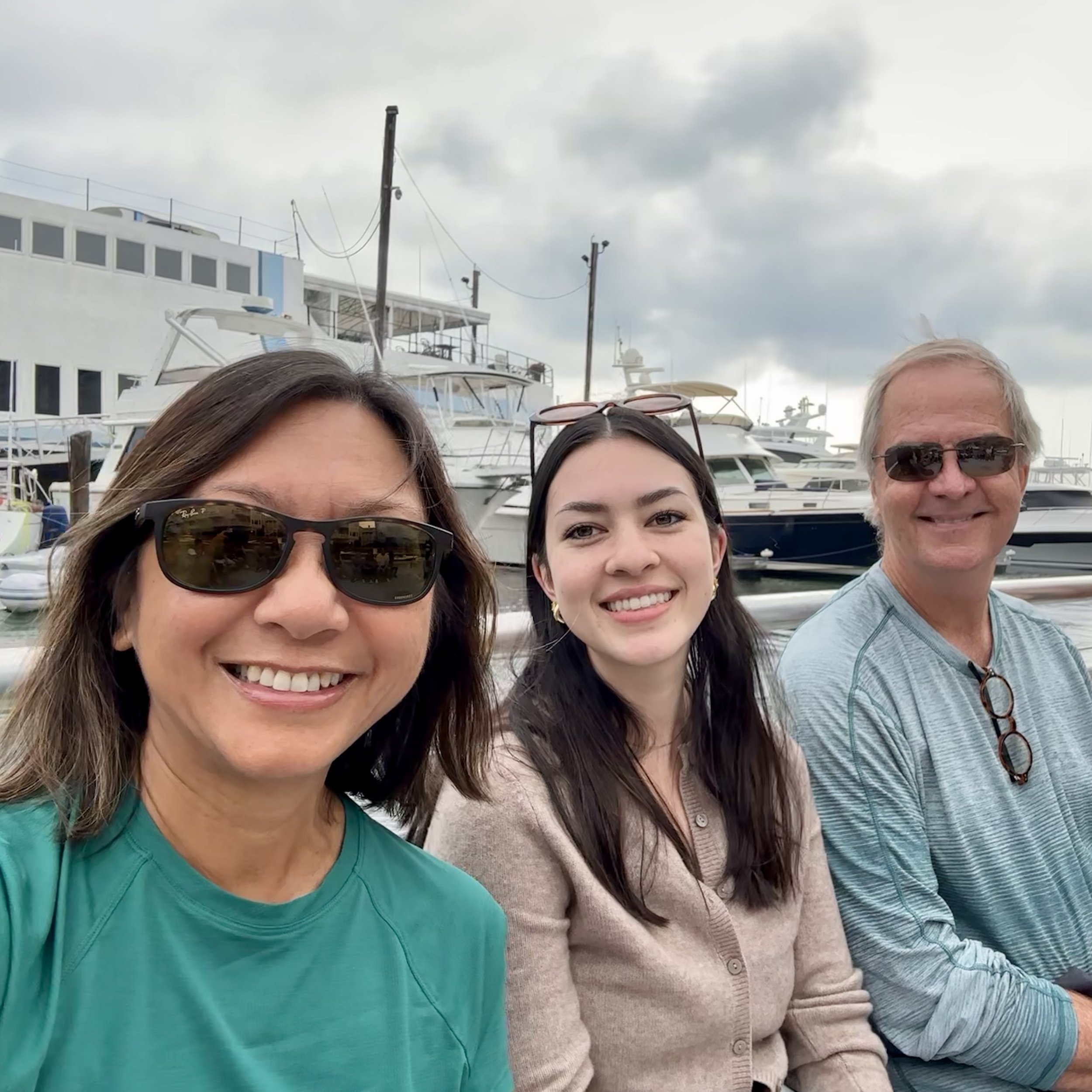
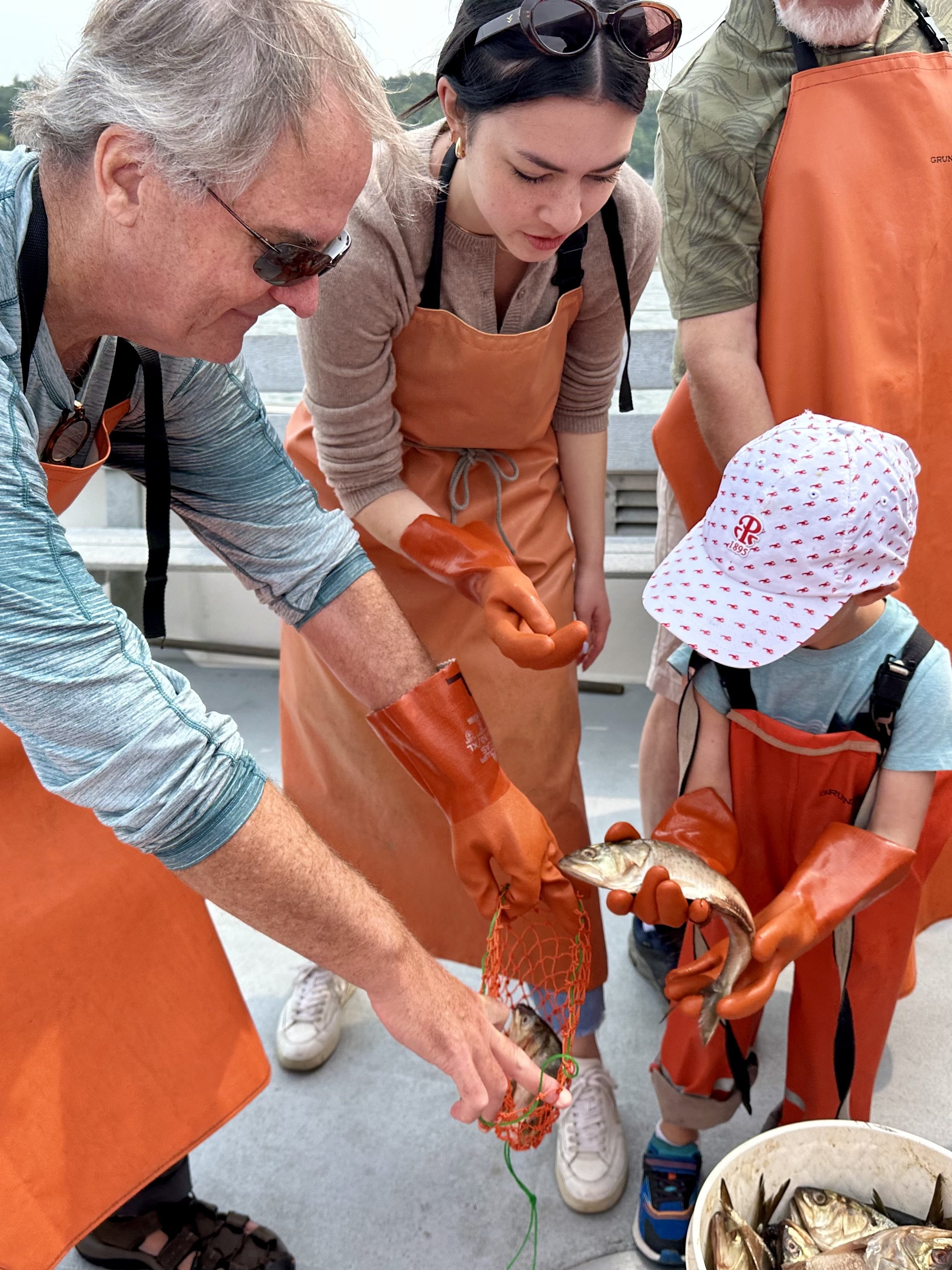
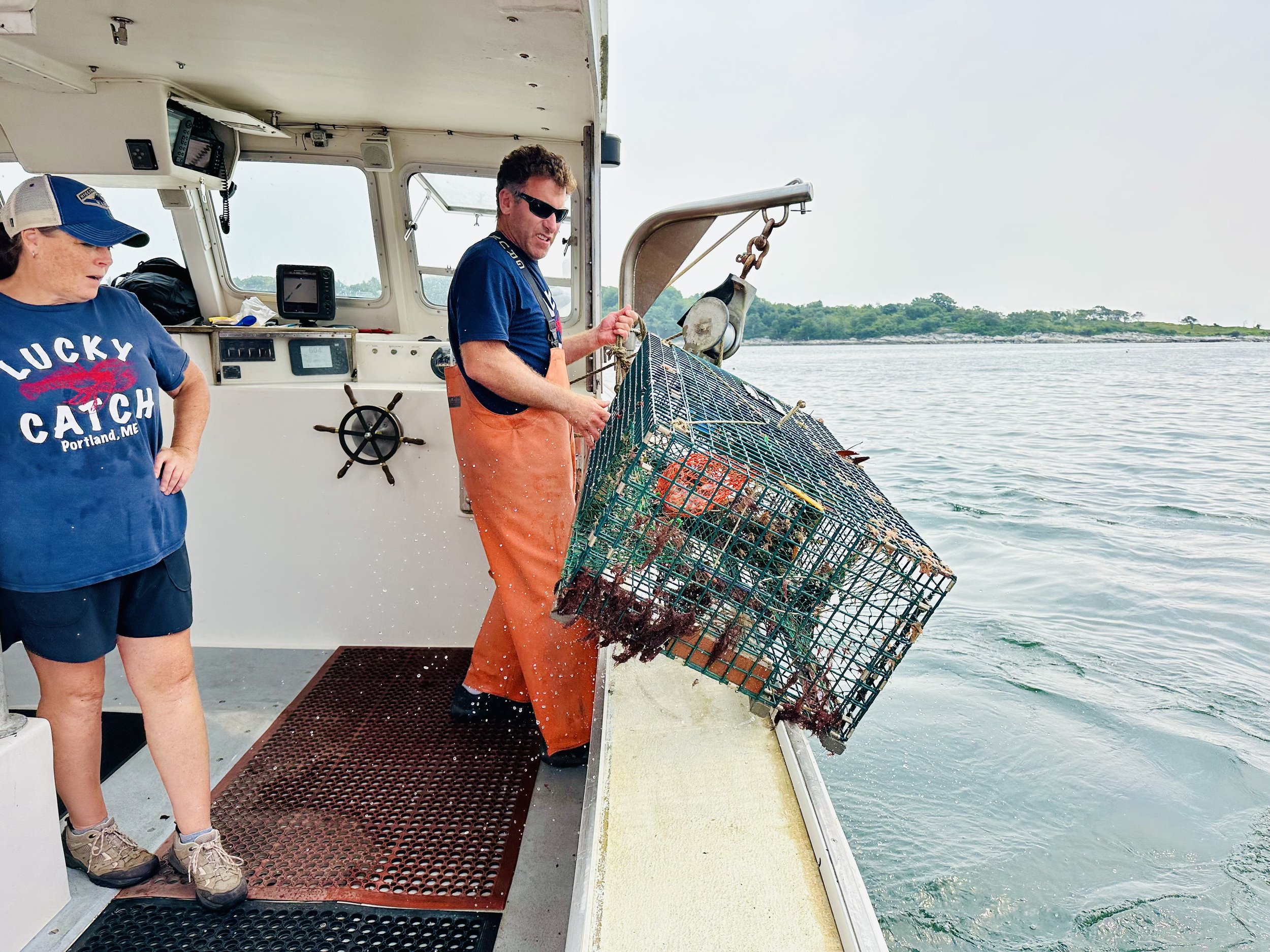
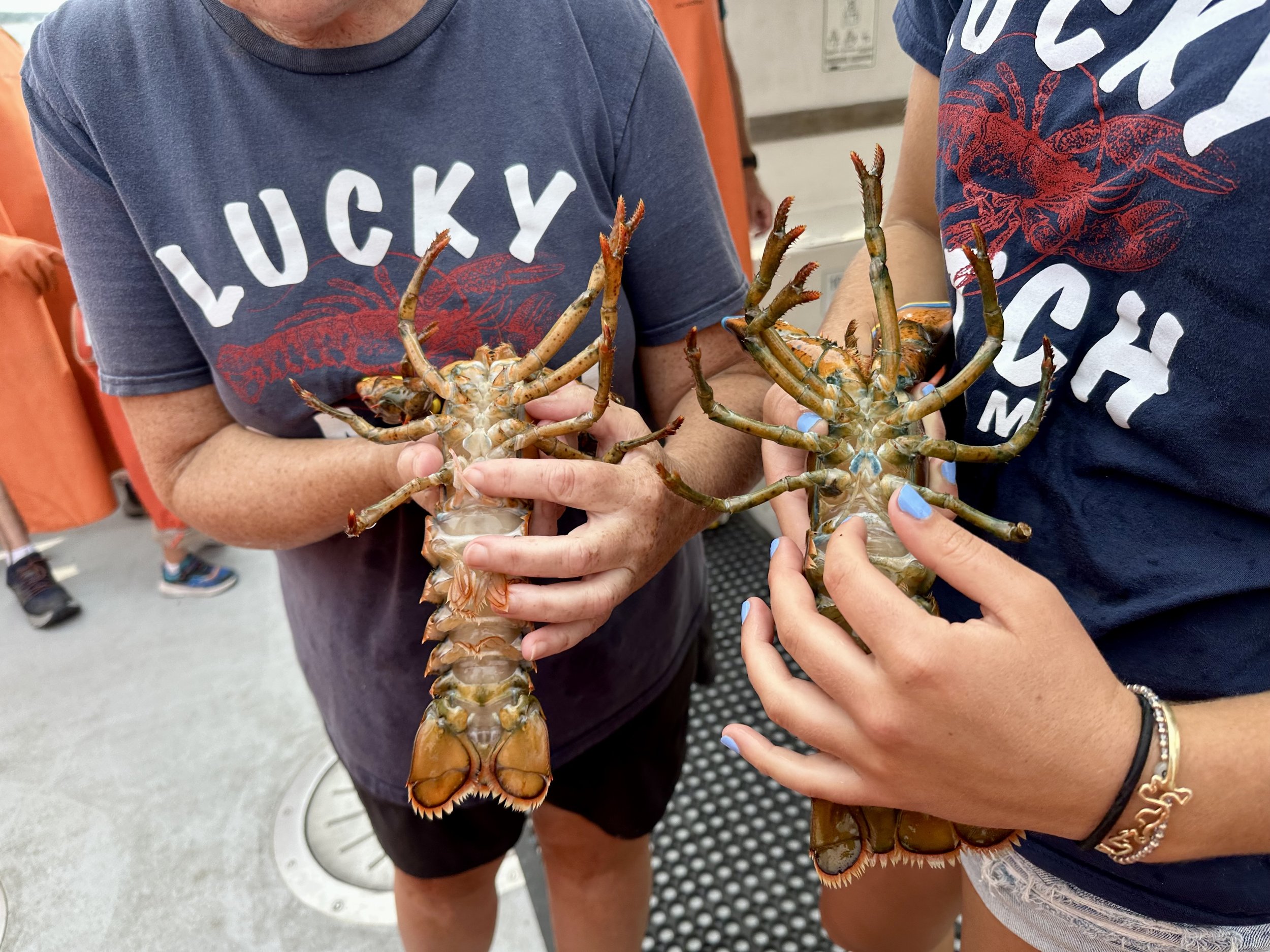

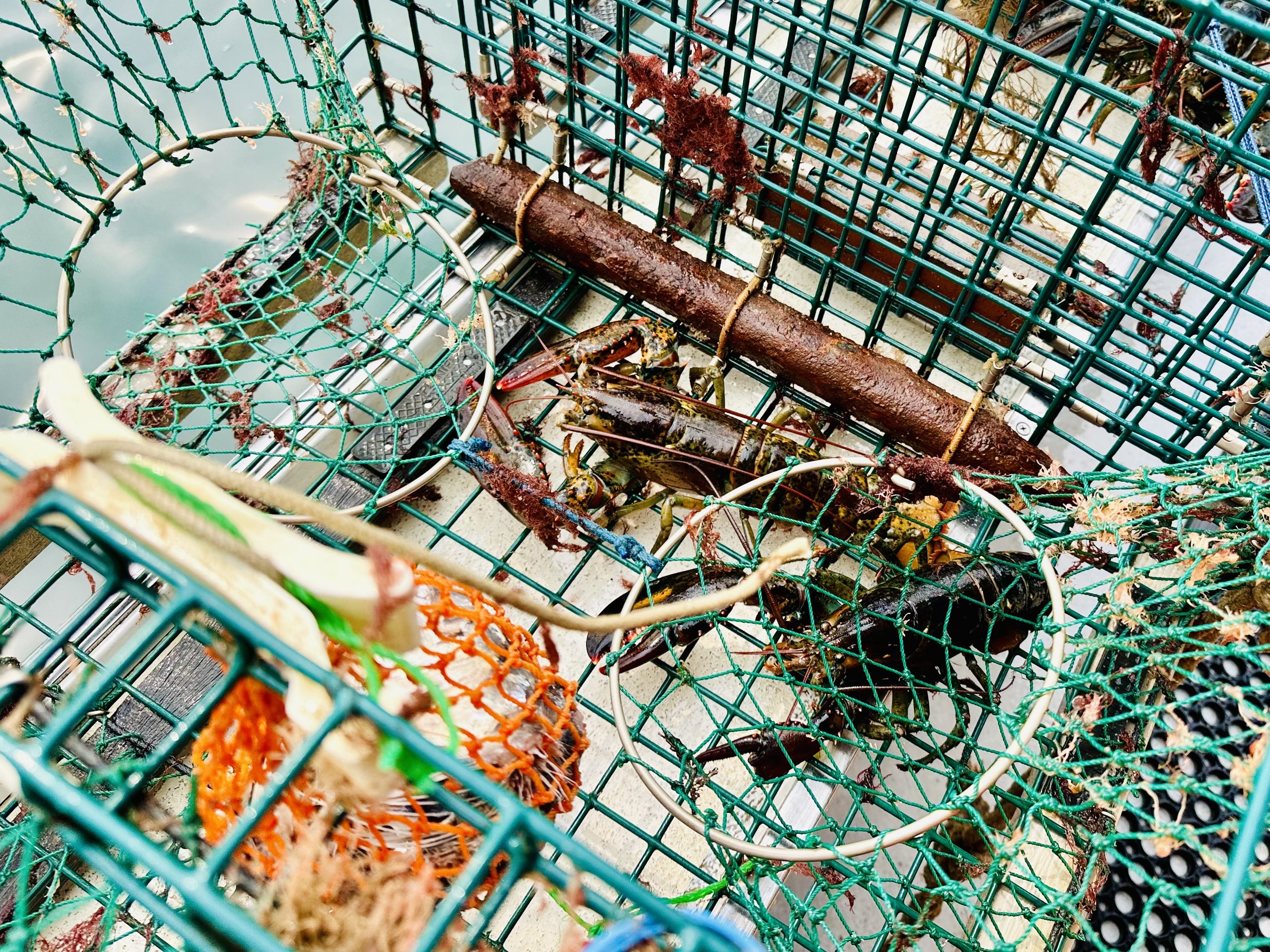
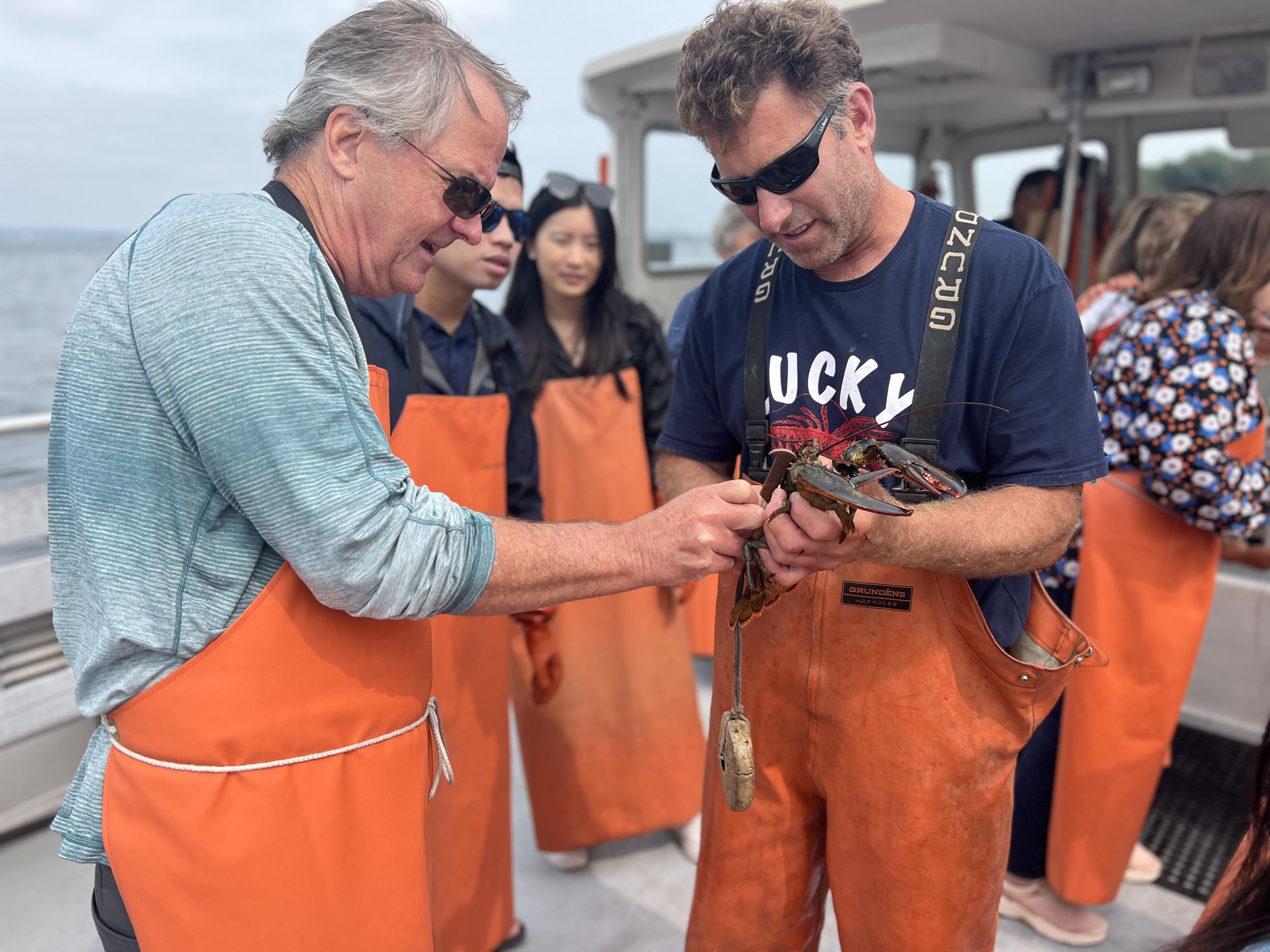
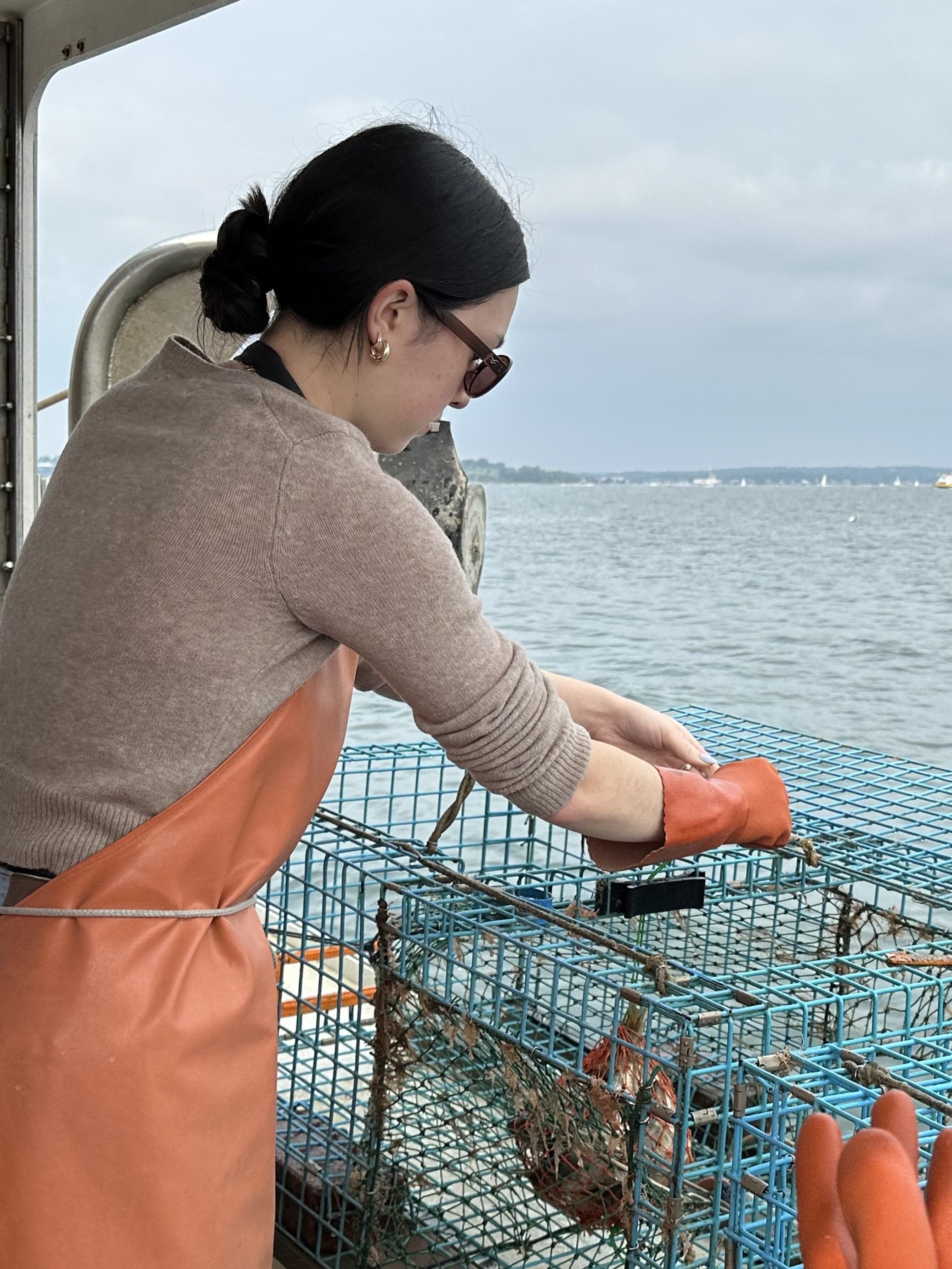
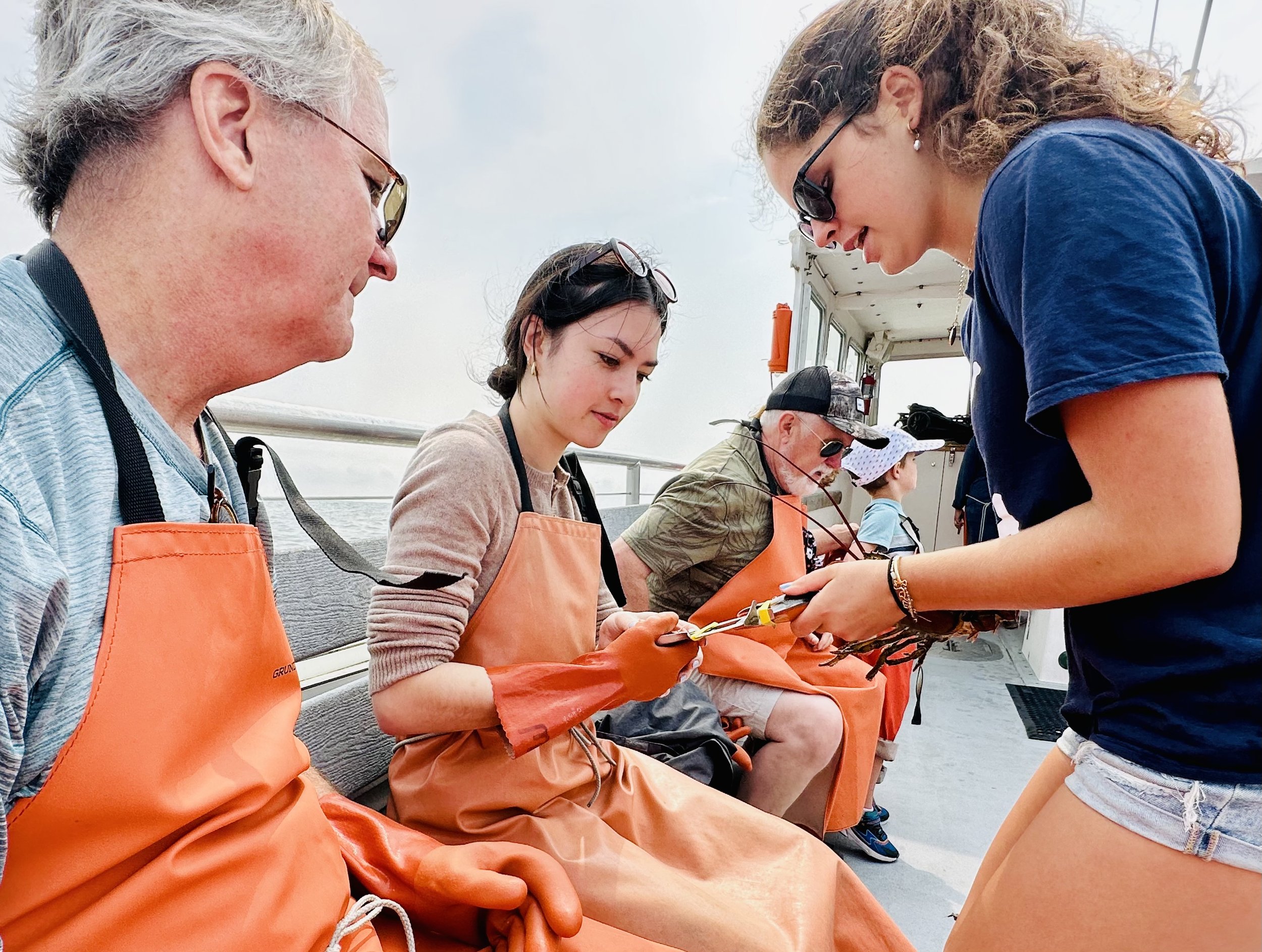
Our cruise around Casco Bay also took us near Fort Gorges and several lighthouses, including the famous Portland Head Light. So it wasn’t all work! It was a lovely day to be out on the water.
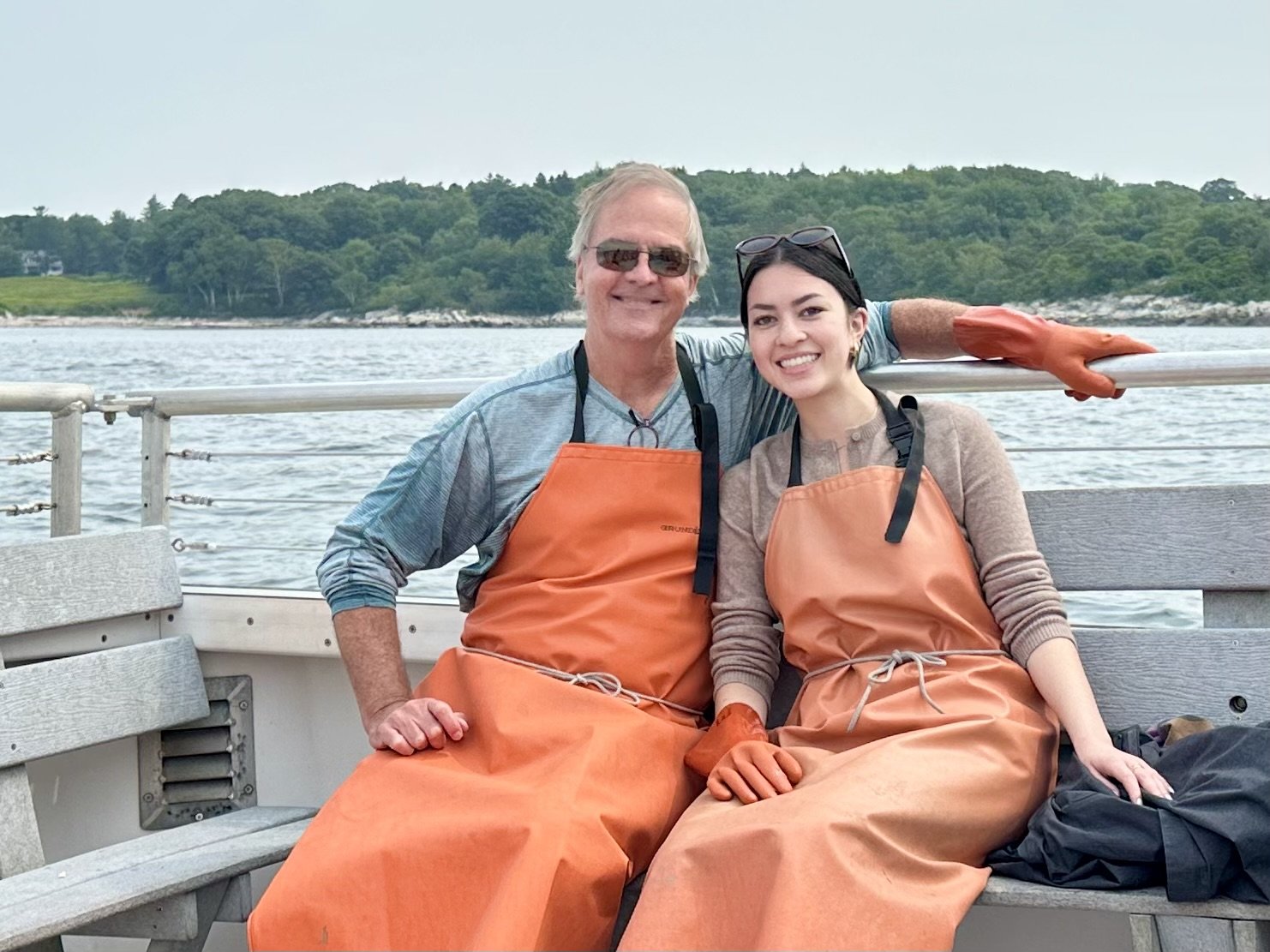
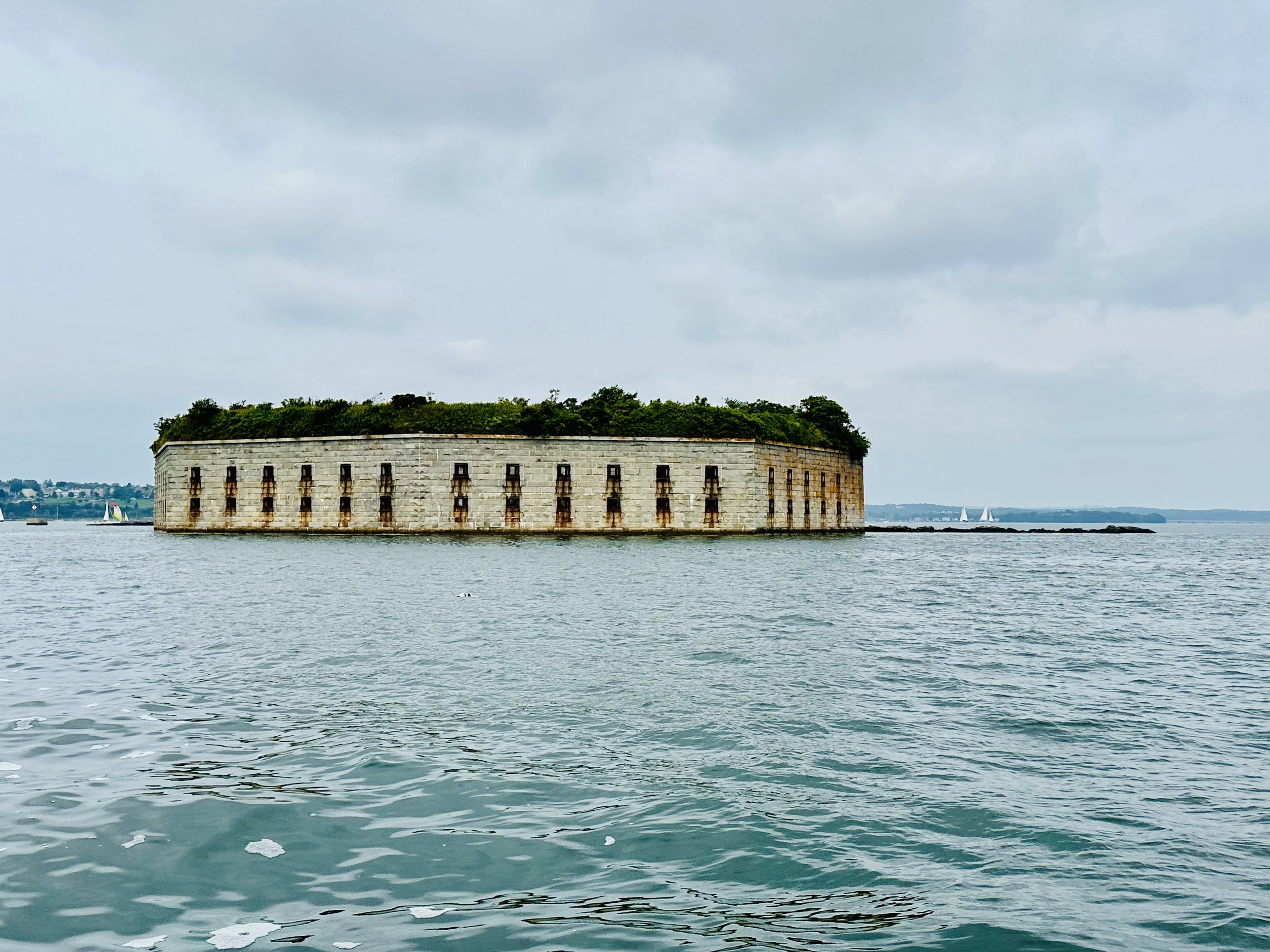
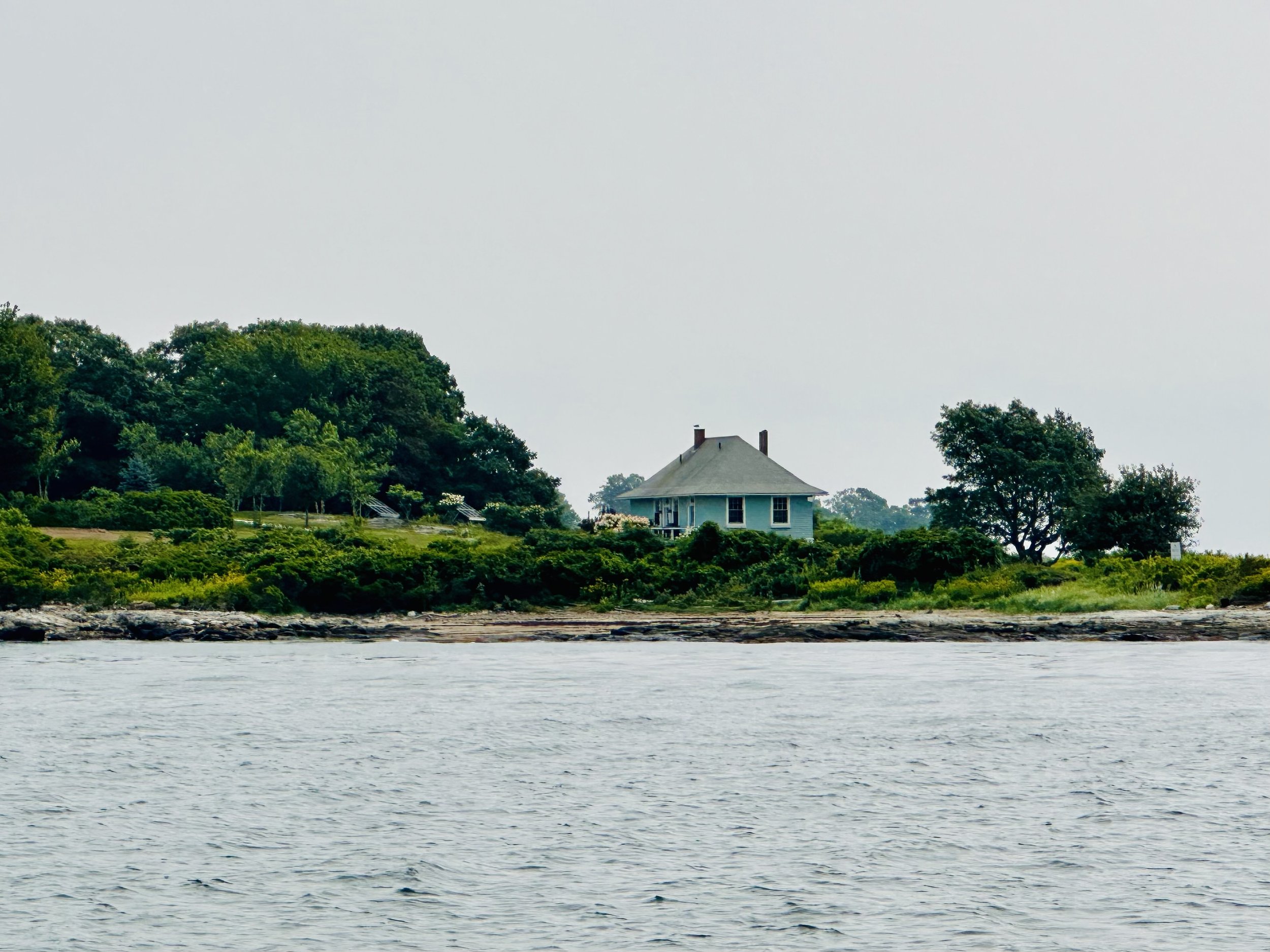
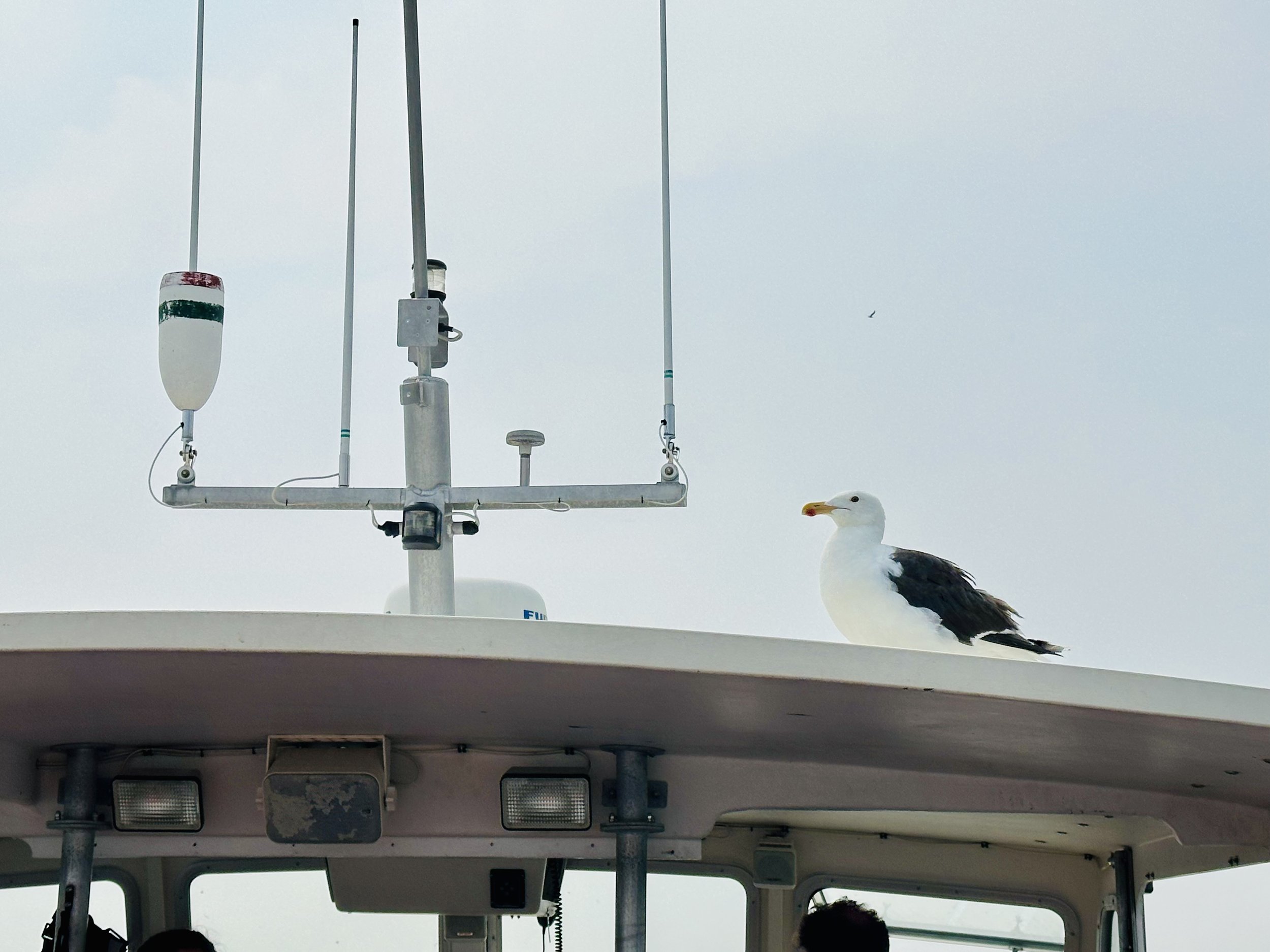
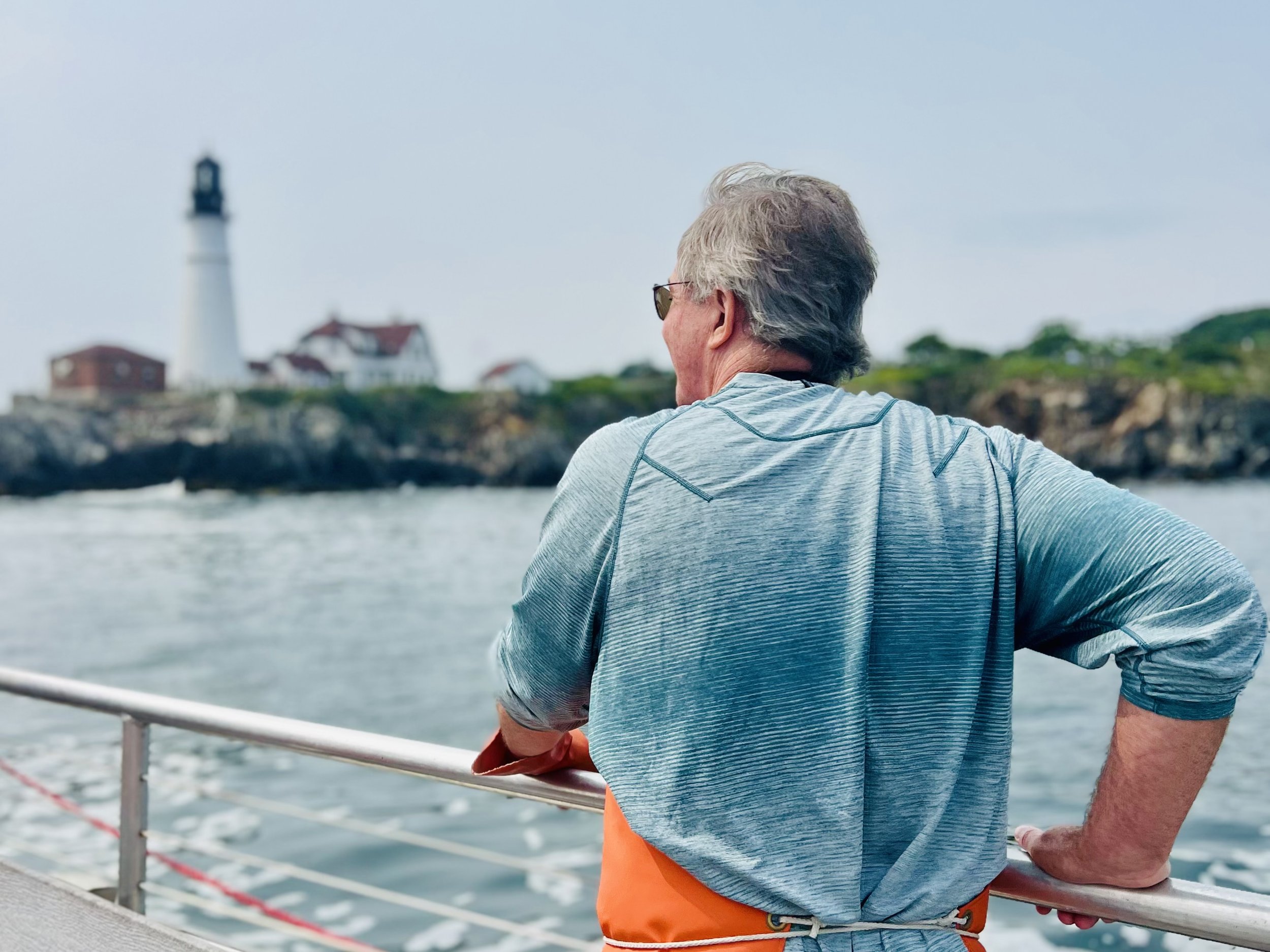
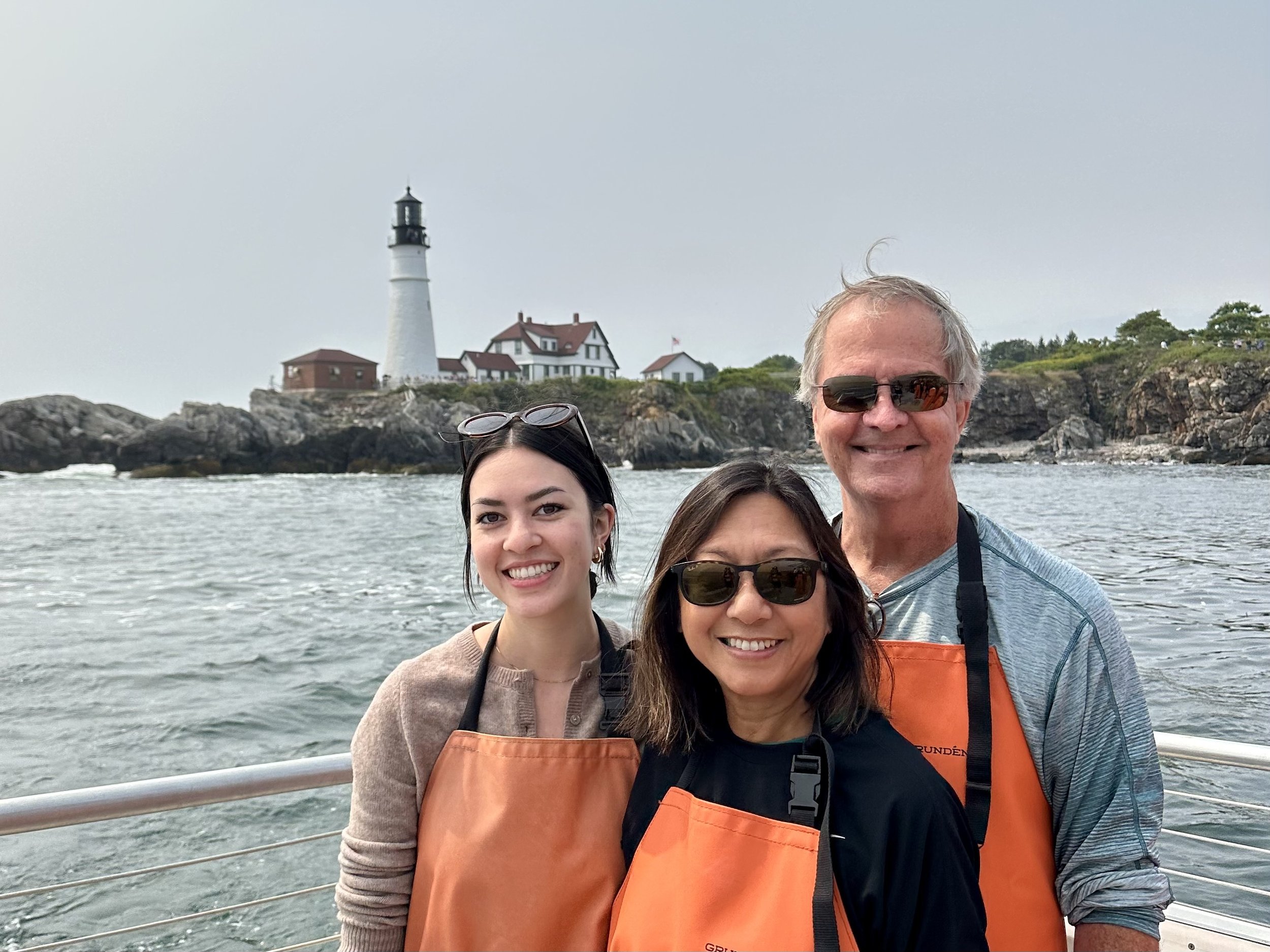
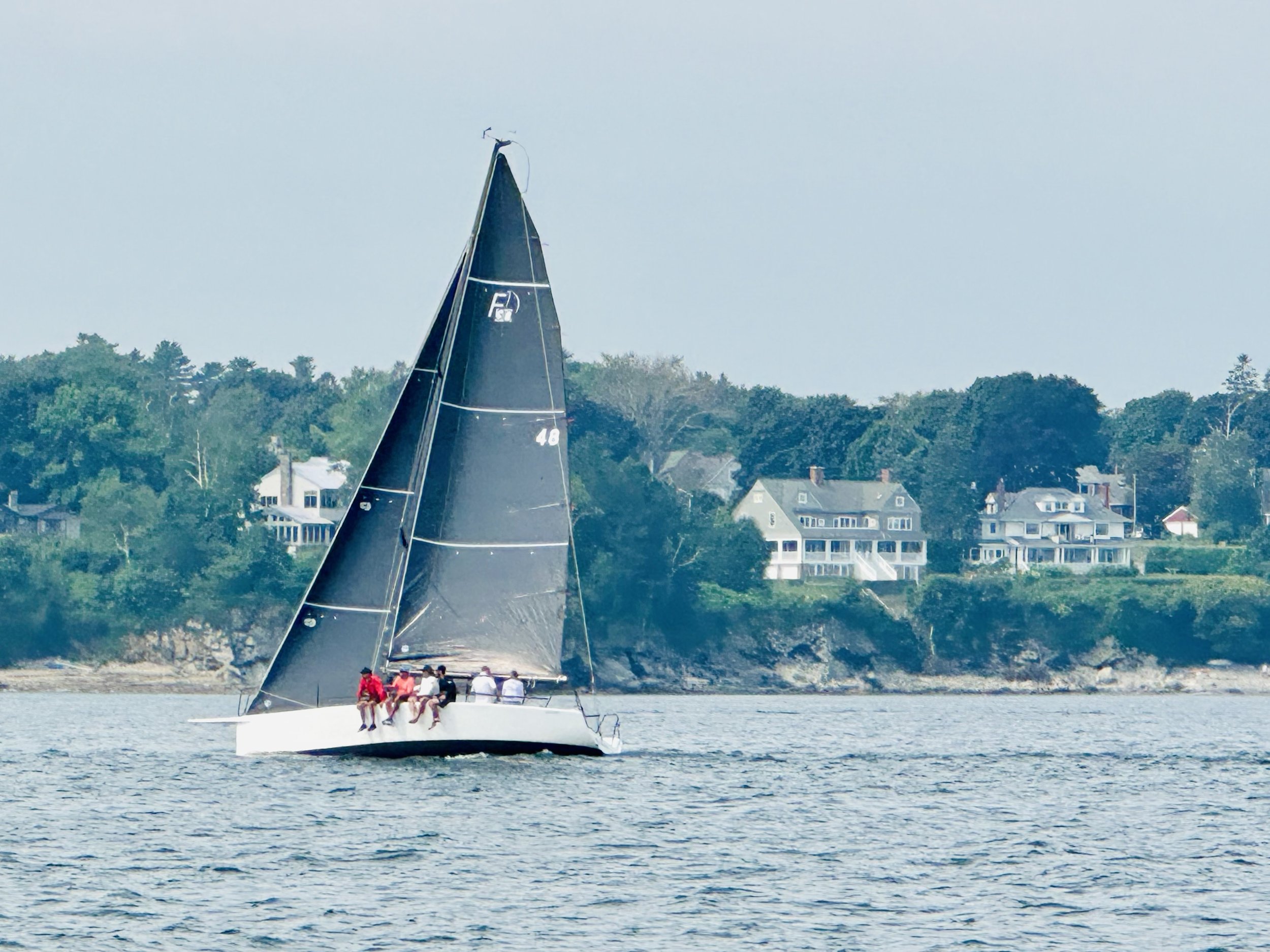
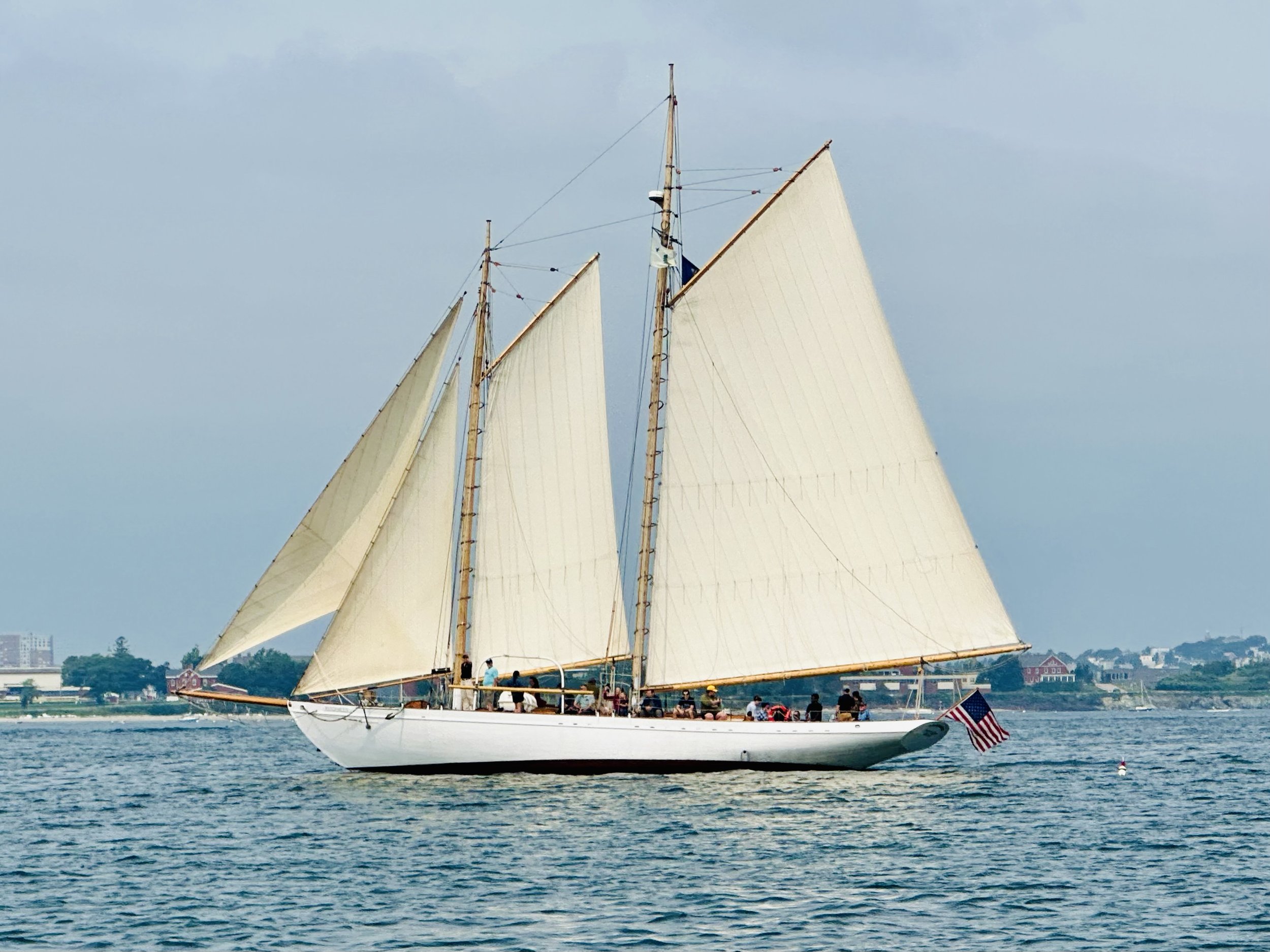
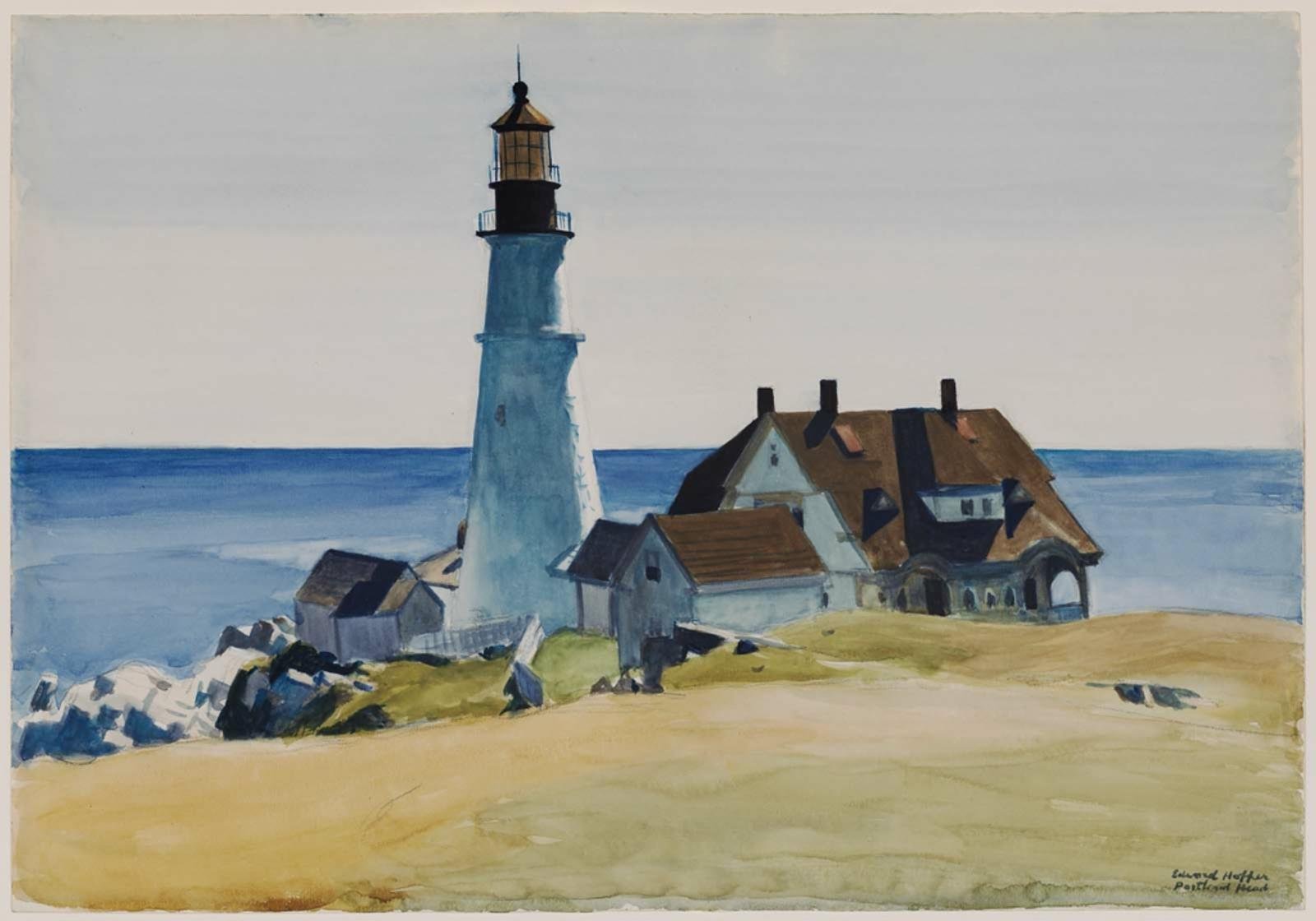
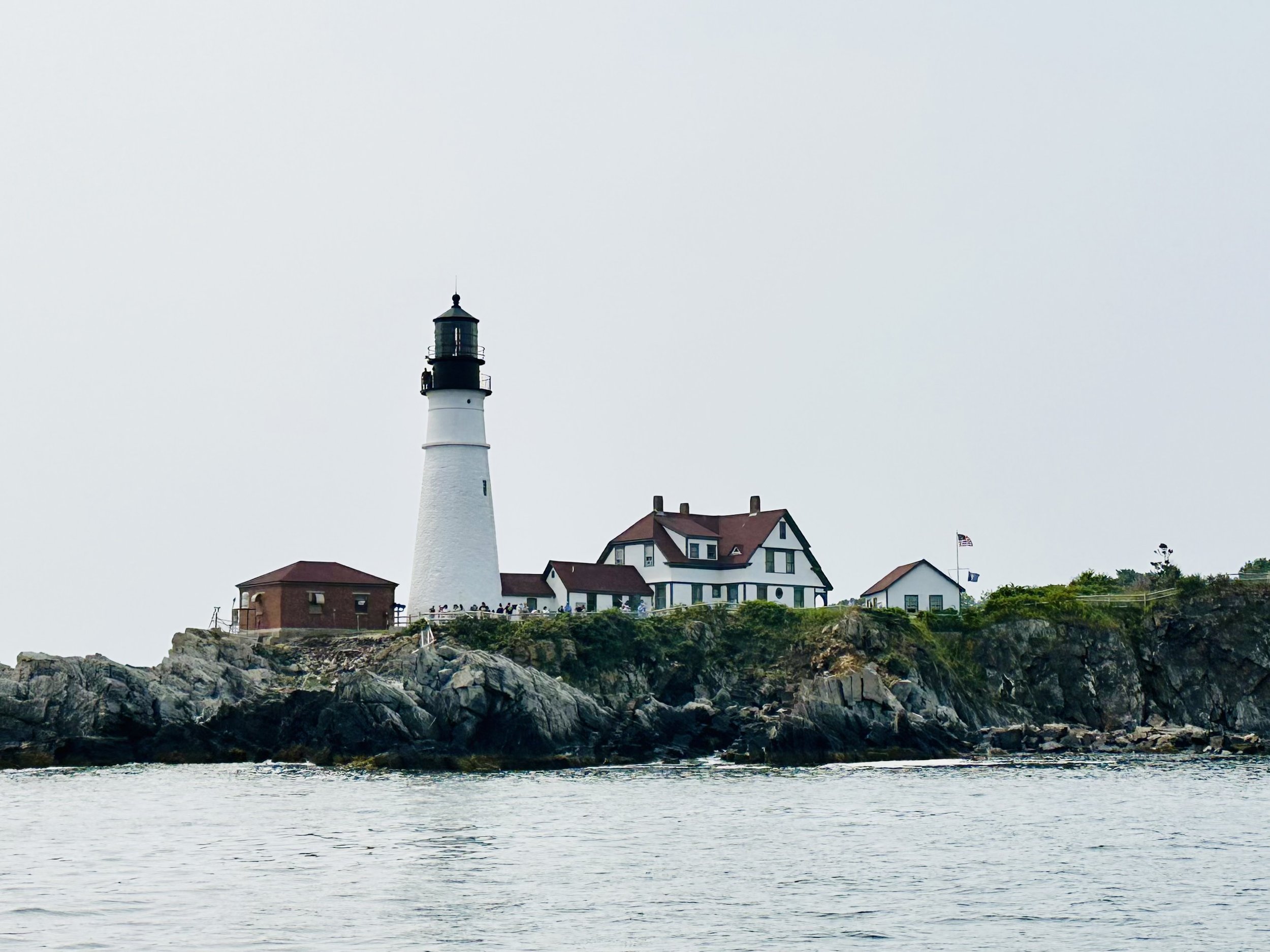
When we returned to port, we purchased two of the lobsters at “boat rate” - just $10 each - and took them across the pier to the Portland Lobster Co., where they cooked and served them with all the fixings (potatoes, corn on the cob, slaw, melted butter) for $12.99 each. Since a boiled lobster dinner typically starts at $50 - the price of our lobstering tour - we considered this quite a bargain. We sat outside by the water and enjoyed our fresh lobster meal while a live band played. It was messy, and tasty, and fun. What a wonderful, memorable way to experience Maine!
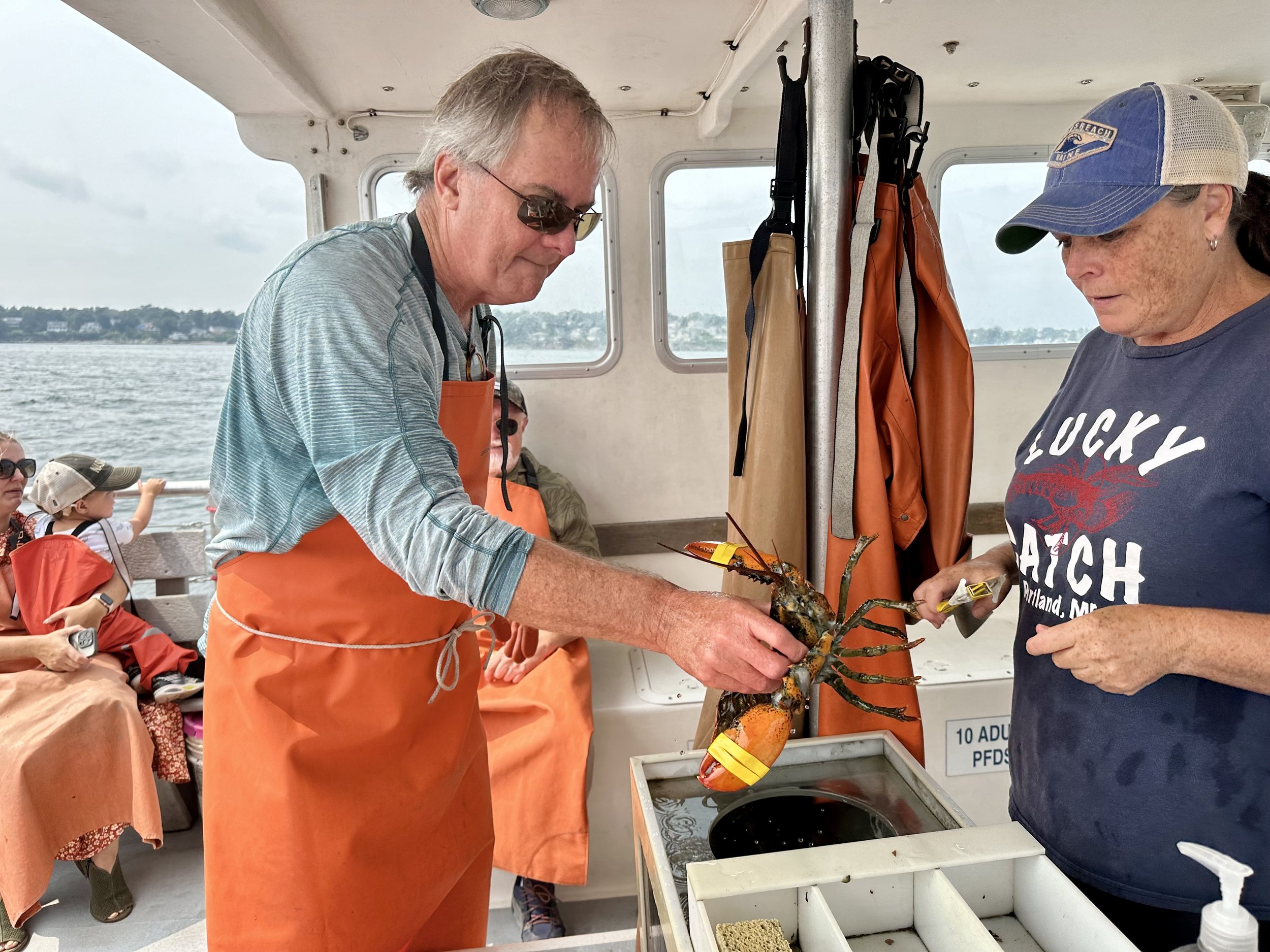

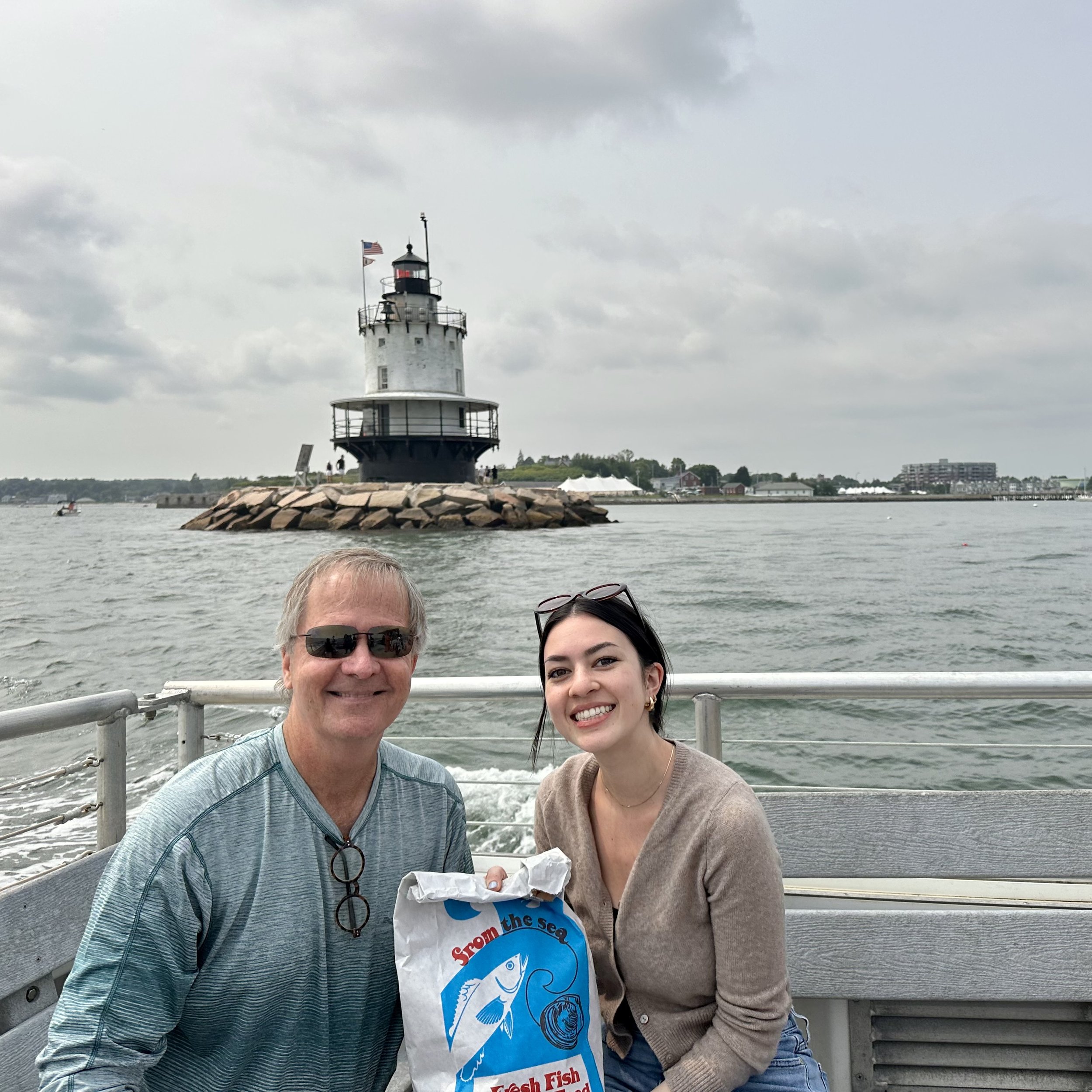
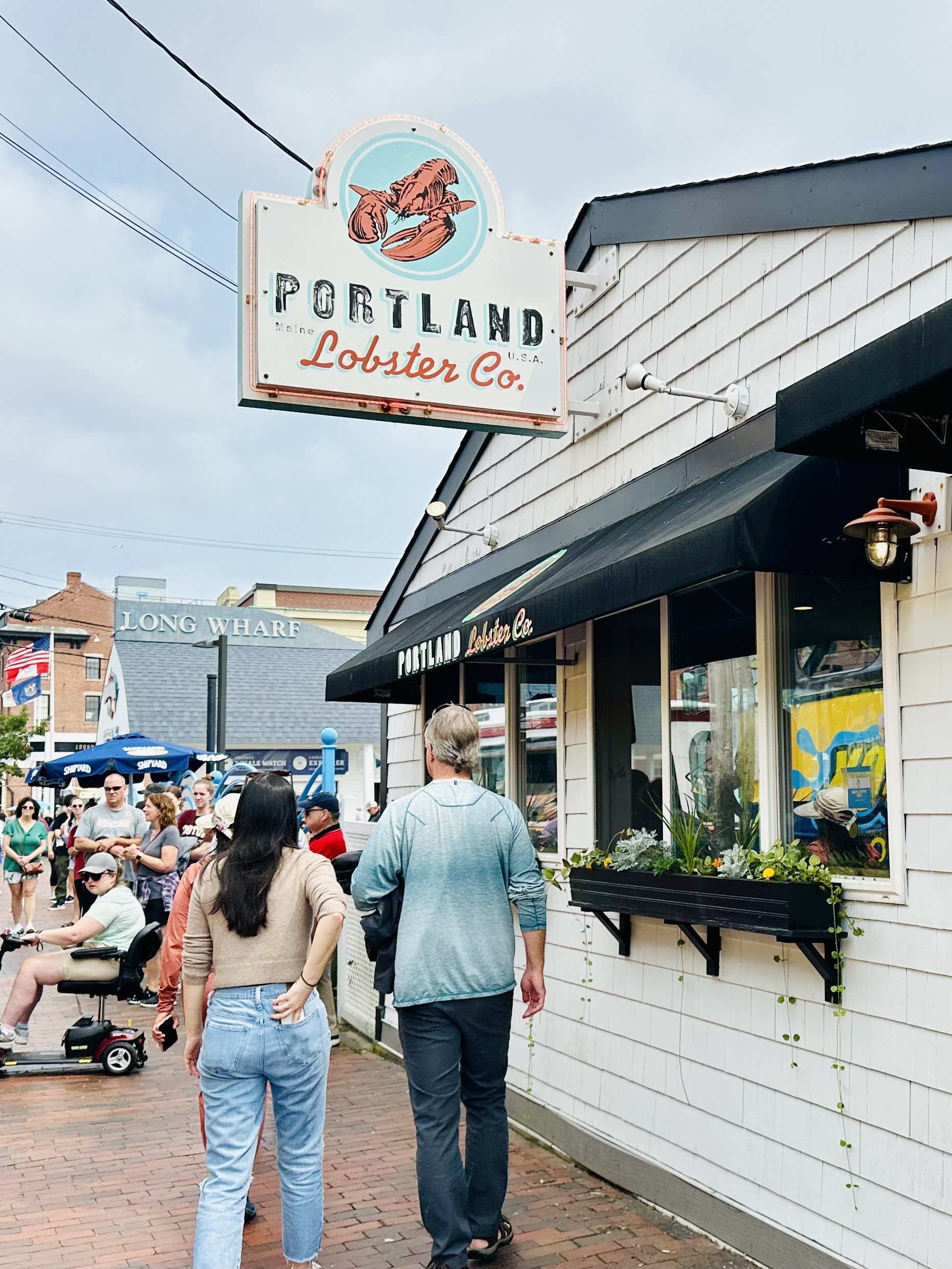
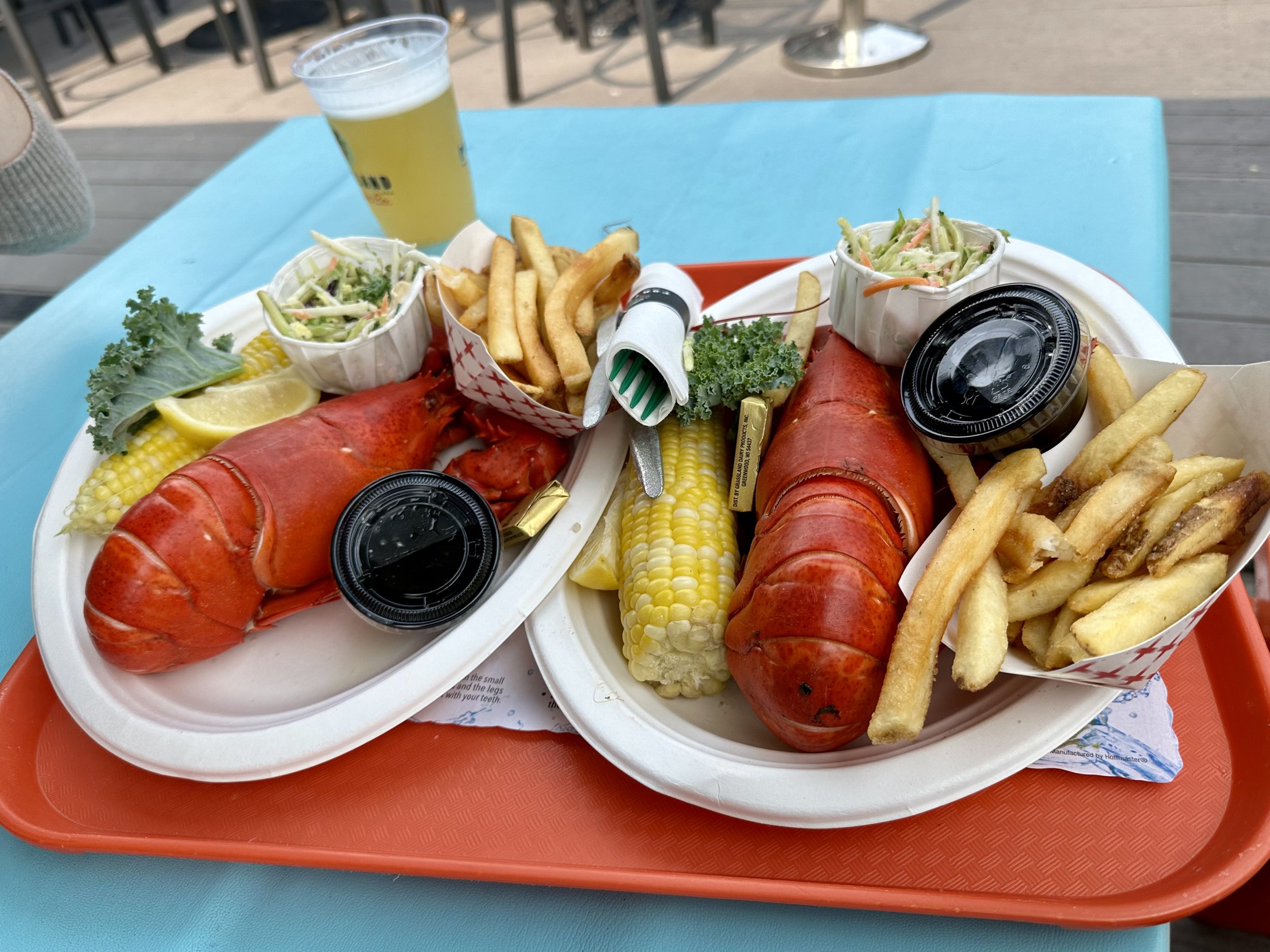

Some things we learned about lobsters and lobstering:
The traps are constructed with internal netting that makes it easy for lobsters to enter, but hard for them to leave. Legally mandated slots allow small lobsters to escape. The trap’s owner is identified by the color of its buoy.
A lobster’s carapace (body shell) must be at least 3¼” long in order to be legally harvested. We used a metal tool to measure each lobster from the back of its eye socket to the end of its body.
It takes about seven years for a lobster to reach legal size. Most lobsters harvested weigh 1¼ to 1½ pounds.
Any female lobster with eggs has a notch cut into its tail and is thrown back into the water. Only 30% of female lobsters can breed, so they are protected so they can continue reproducing. (We also learned how to distinguish male and female lobsters, by looking at the little “swimmerets” on their undersides.)
Any lobster measuring more than 5” cannot be legally harvested. This also protects the lobster population, ensuring there are enough large males for the older, breeding females.